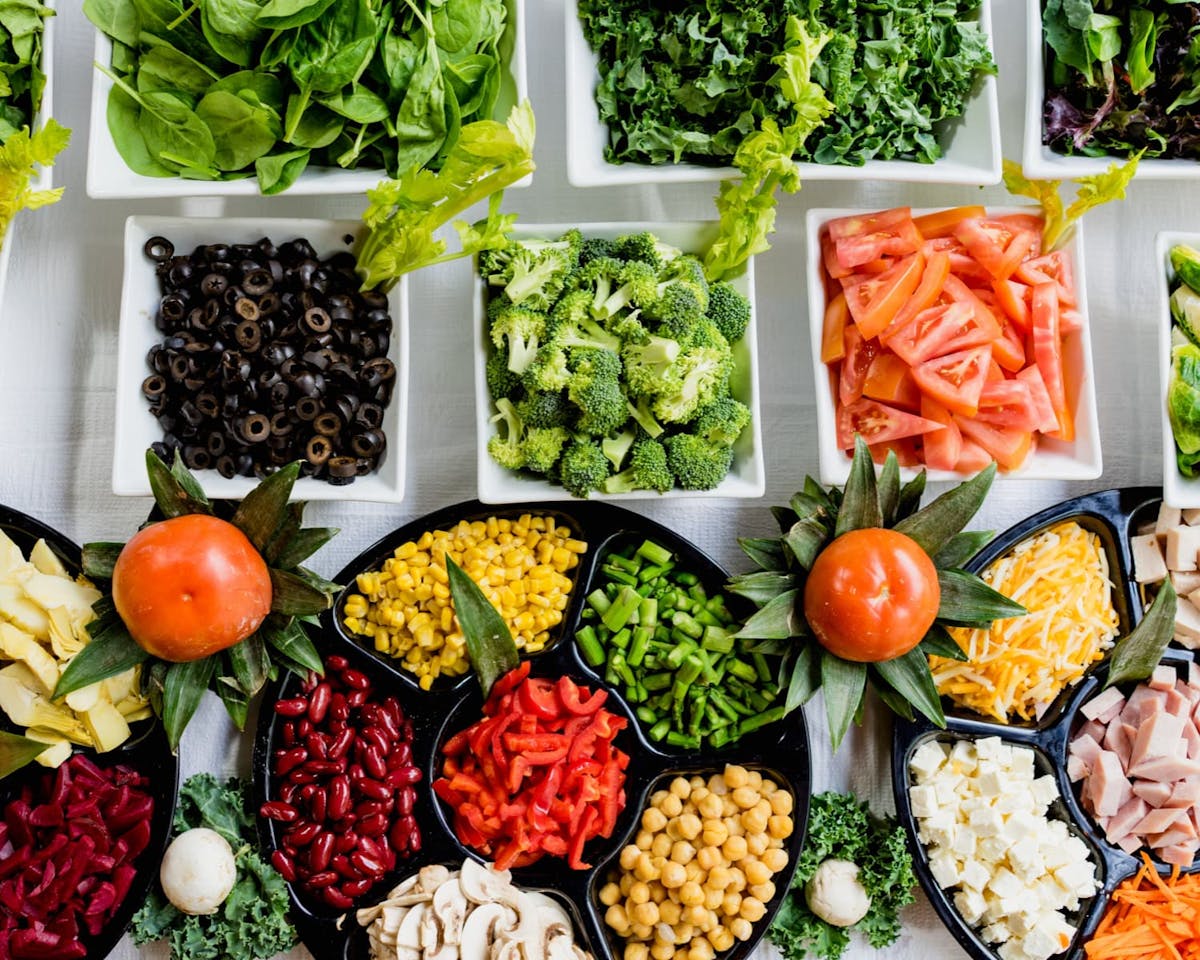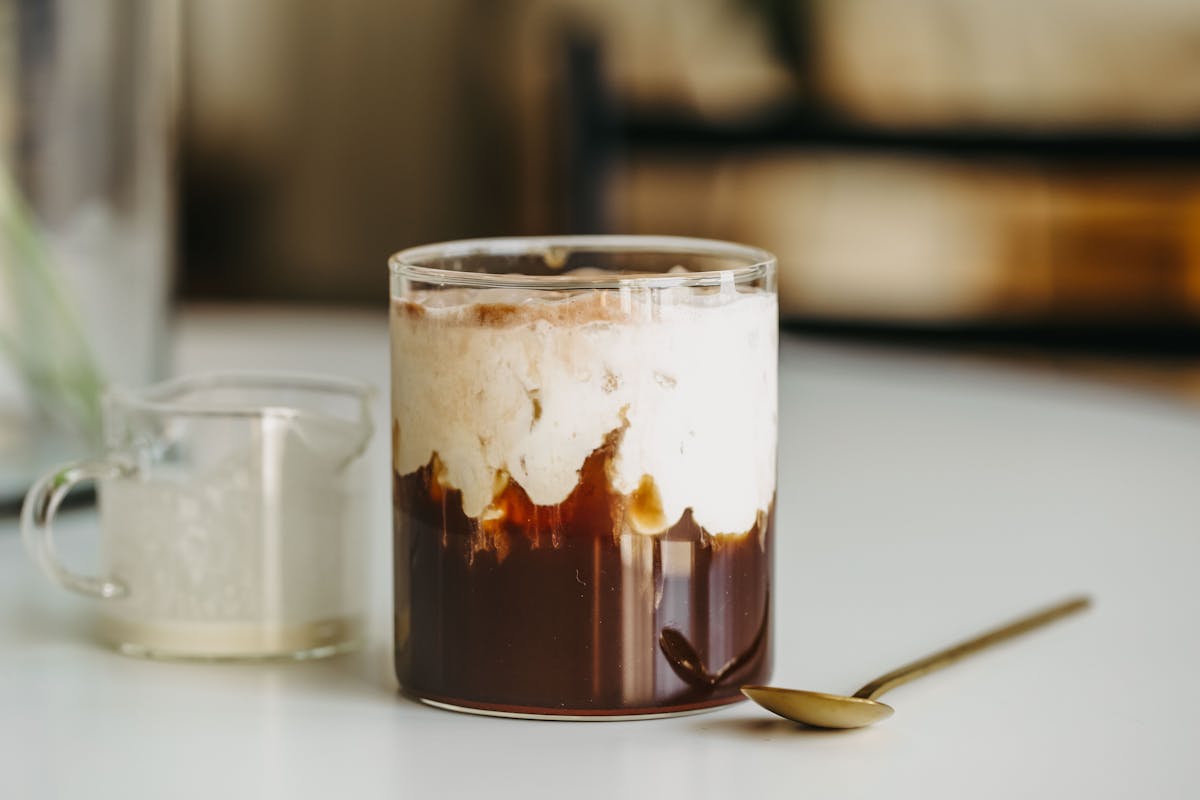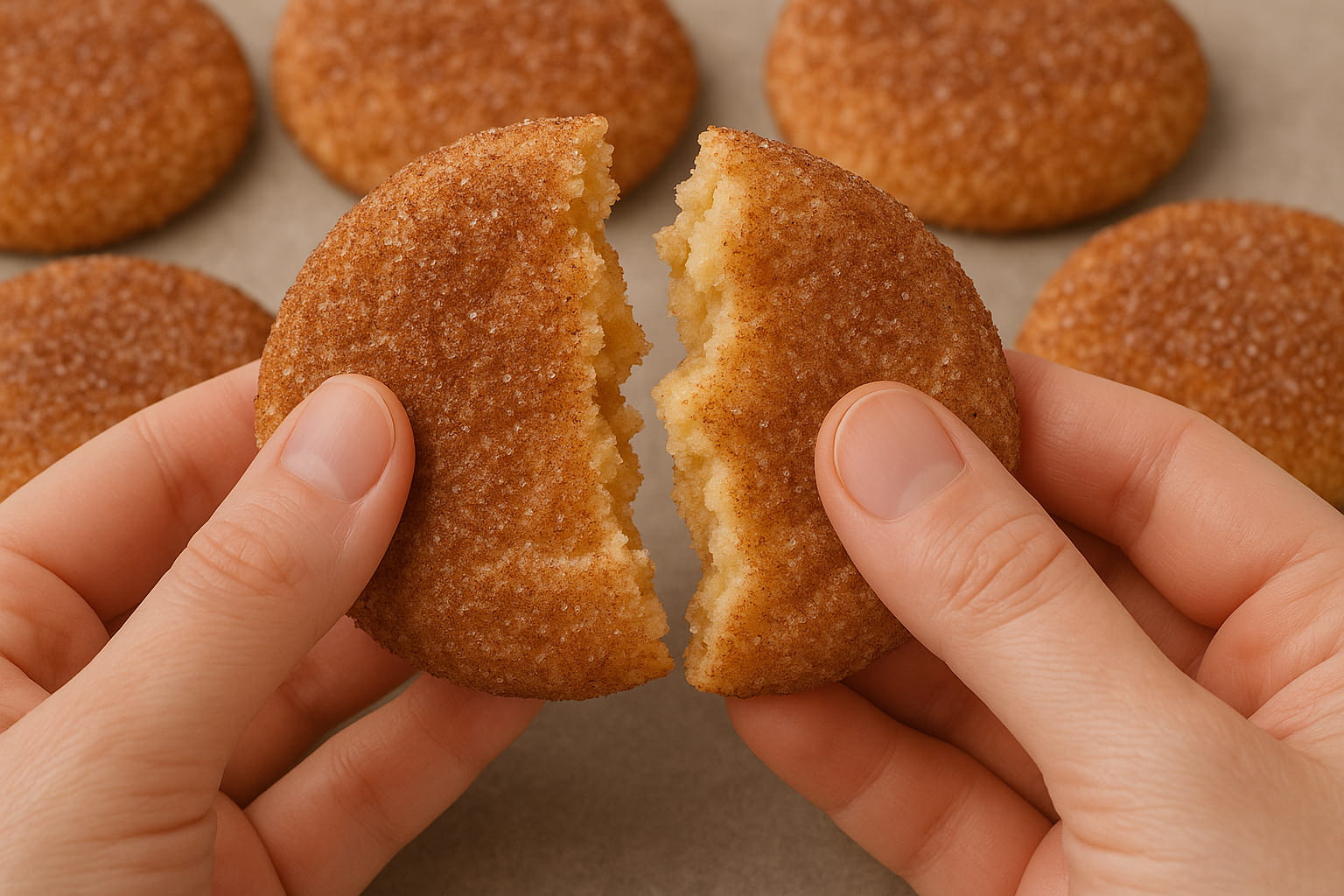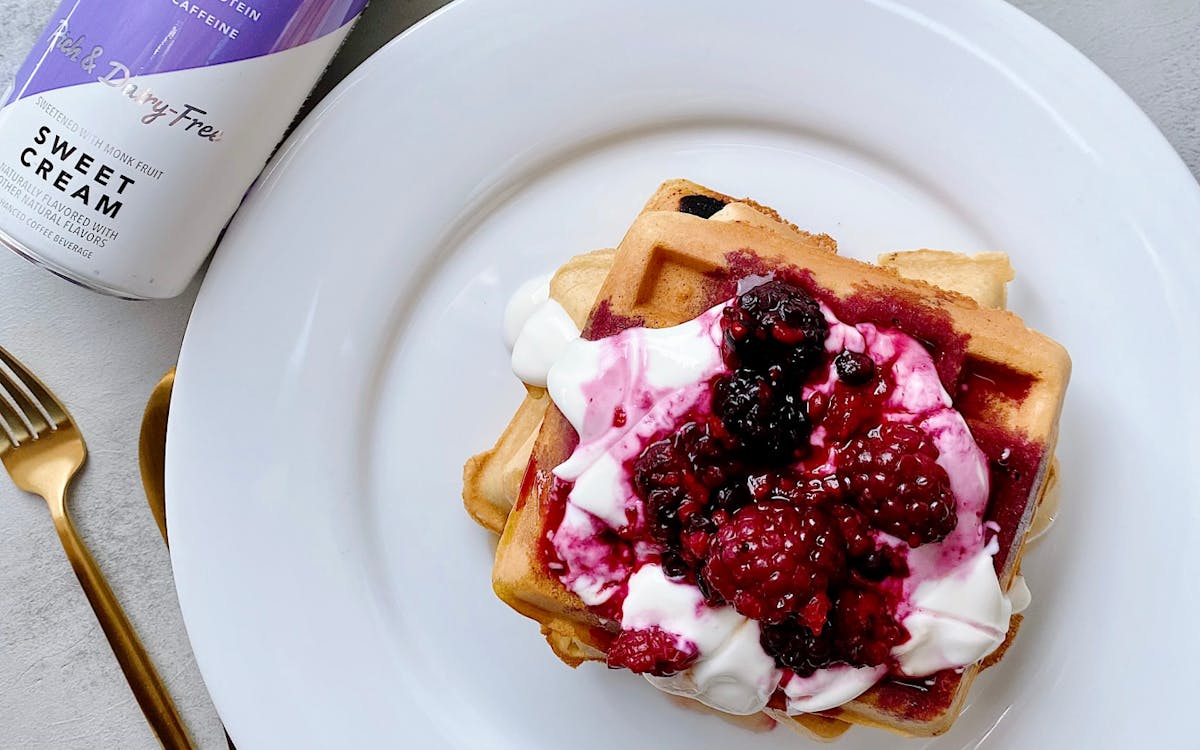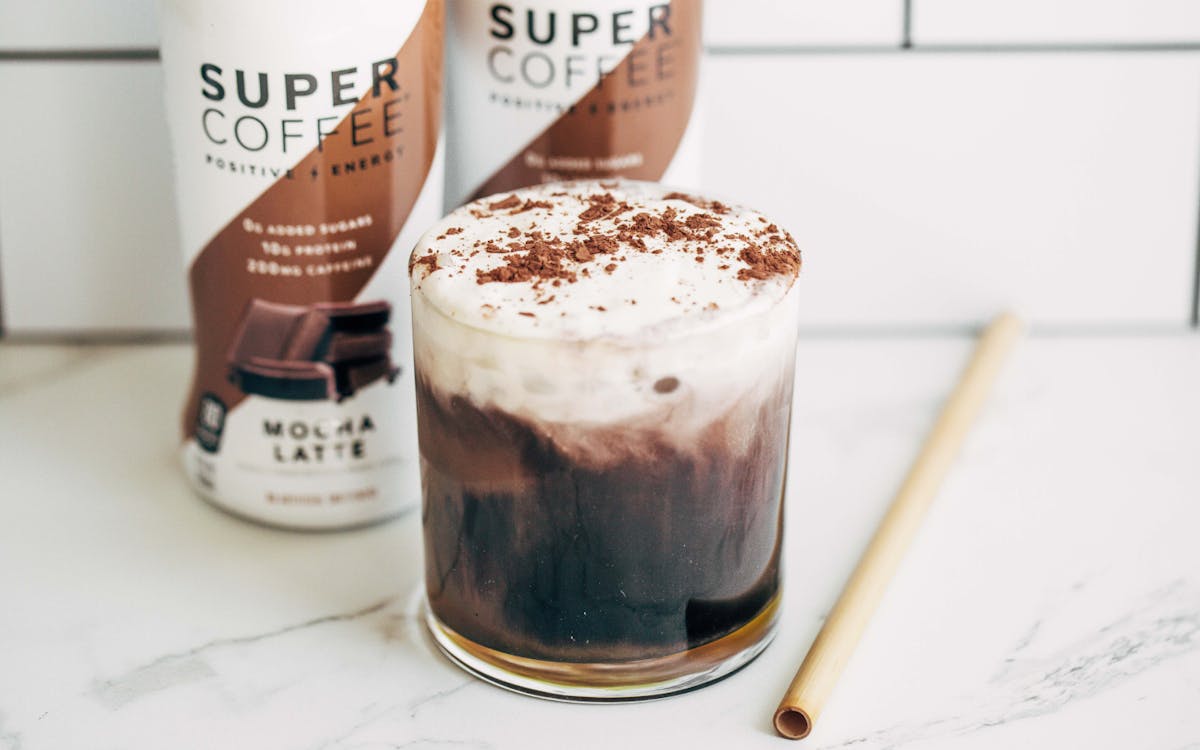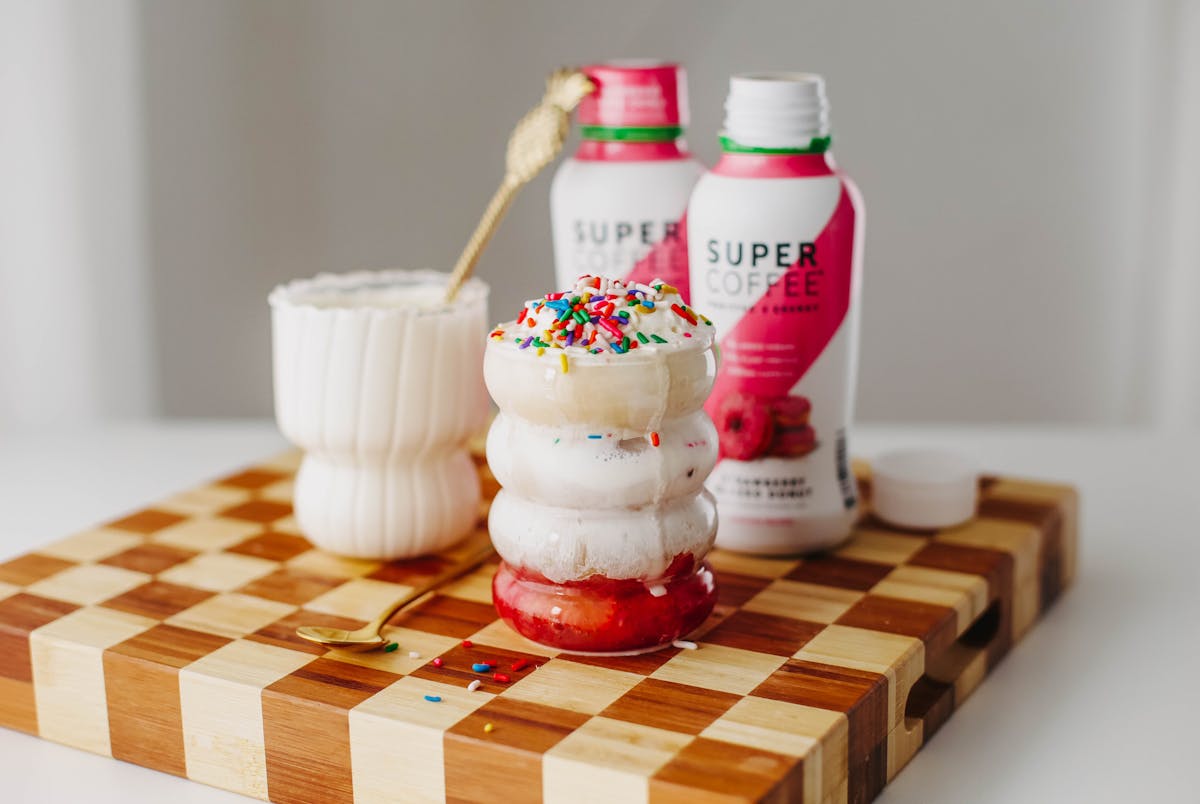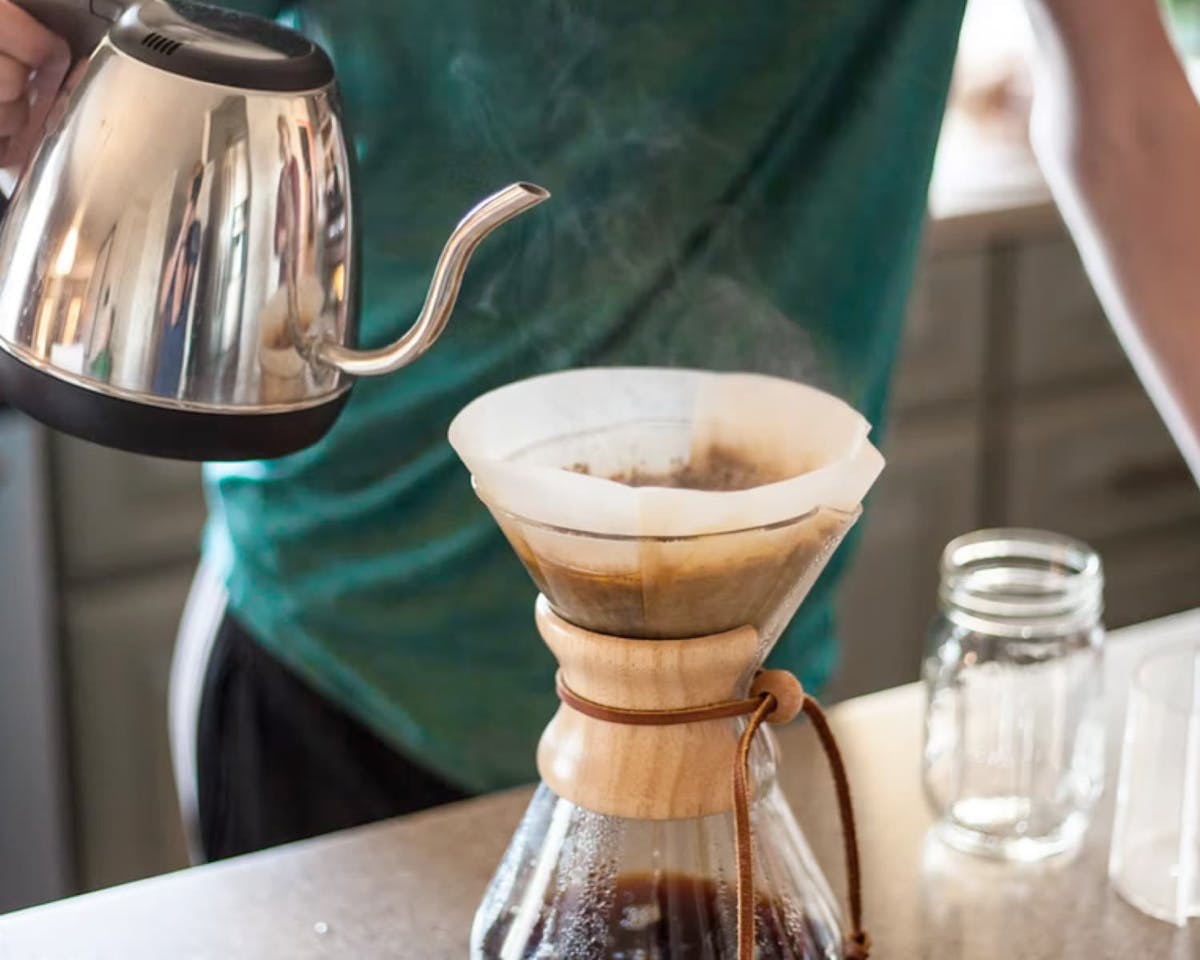You probably can list foods that are high in carbs off the top of your head.
Cake. Candy. Ice cream. Chips. Cereal. Fast food. You might even know that soda is on the list. Some of the other foods that are high in carbohydrates might surprise you, though.
What would you think are very low-carb foods? You’d most likely start the list with fruits and vegetables – and you’d only be partly correct.
Unless you’ve done keto or another low-carb diet in the past, the only sure way to know if a food is low in carbohydrates is by consulting a comprehensive list.
We happen to have one here. We’ll get to it right after a brief recap of why low-carb eating is a great way to lose weight.

Why Low-Carb?
Many of us grew up hearing that following a low-fat diet was the key to losing weight. Stay away from fried foods, butter and margarine, desserts, fatty meat and dark meat poultry – and you’ll be well on your way to weight loss and good health.
Some of that is smart advice, no matter what type of diet plan you may be on.
But research has shown that low-carb dieting is more effective than a low-fat approach to eating, particularly if you want to drop the pounds quickly.
Why would that be?
- Low-carb diets have been shown to lower the level of insulin in the body, and that helps with fat burning.
- Reducing carbs means eating more protein. Since the body has to work harder to digest protein, that boosts metabolism and increases fat burning. (It makes you feel fuller, too.)
- Eliminating sugar and junk food reduces the brain’s craving for even more sugar and junk food.
Low-carbohydrate diets are also better for your health and wellness. They’ve been shown to provide a number of health benefits, including better cholesterol levels, lower risk of heart disease and metabolic syndrome, healthier blood sugar levels, lower blood pressure, and possibly better brain function.
If you’re following the ketogenic diet or another very low-carb eating plan, your metabolism also changes to increase the chances of weight loss. Here’s how.
Our bodies normally get their energy from glucose, created when carbs are digested and processed. But when the body doesn’t have enough carbs to make glucose, it enters a metabolic state called ketosis – and burns stored body fat to produce molecules called ketones, which are a perfectly good replacement energy source.
Burning stored body fat, of course, is what you’re after when you’re trying to lose weight. That’s why you can lose an average of 1-2 pounds per week on the keto diet; the weight loss continues as long as you don’t eat too many carbs and stay in ketosis.
On a strict keto meal plan, you can only eat 20-25 grams of carbs (often simply referred to as 20-25 carbs). Unless you know which foods are low-carb, you run the risk of falling out of ketosis and having your diet come to an abrupt end.
A casual low-carb diet keeps carbs below 100 grams per day. Moderate low-carb diets set the limit at 50 grams per day, so they’re much more forgiving than keto. For comparison, the average American consumes 225-325 grams per day. As we said, low-carb is a drastic change for most people.
That’s plenty of background. It’s time to get to that low-carb food list.

Best Low-Carb Foods
What are carbs, anyway? Essentially, they’re nothing more than sugar molecules. Just think of food’s natural and added sugars (they’re “simple” sugars) and its starches (they’re “complex” sugars) – and you’ll understand what carbs are. They’re sugar.
Fiber is also a carbohydrate. But it can’t be digested and turned into glucose, so it doesn’t count when you’re going low-carb. In fact, to figure out the carbs in packaged food, fiber is subtracted from “total carbs” to get “net carbs.” Net carbs is the number that matters if you’re counting carbs.
One last note, and it’s about how we put together this list.
It could get confusing if we simply listed foods by carb content, from low to high. Sure, it might be interesting to just scan a long list. But that wouldn’t be much help when you’re trying to put together a low-carb meal plan, or if you’re headed to the grocery store to stock up for your first days on keto.
That’s why we’ll be using categories. Checking out the best low-carb foods by category will prepare you to change the way you eat – and make no mistake, low-carbohydrate eating means major dietary changes for most people.
Proteins
This is the easy one. Low-carb doesn’t automatically mean high-protein, but you’ll be eating a lot more protein when you cut back on the carbs.
Just about all types of meat, poultry and fish are ideal for a low-carb diet, because they’re all close to zero-carb foods. You can even eat hot dogs and deli meats. The only meat to think twice about is liver, which contains about three grams of carbs per three-ounce serving. However, it’s very high in protein, vitamins and minerals, and three carbs isn’t a lot.
Here’s a bonus for many low-carb dieters who may feel deprived of the foods they love: fatty cuts of meat (and the fat itself) and poultry skin are OK to eat. You’re even encouraged to eat the fat on very low-carb diets, because they’re also high-fat diets – as long the fat is “healthy fat.”
Very-low carb diets like keto also emphasize dark meat over white meat poultry, and fatty fishes like salmon, mackerel and sardines which contain lots of healthy Omega-3 fatty acids.
Eggs are protein as well, and with less than one carb apiece, they’re great for low-carb eaters. Look for free-range eggs, which are higher in Omega-3s, vitamins and minerals. While we’re on the subject, organic, grass-fed, free-range and/or pastured meats and poultry are also the best for your diet (if you can afford them).
Seafood’s a slightly different story, though. Oysters, mussels, abalone and whelk are high in carbs and should be avoided. Octopus and clams are “be careful” foods because they contain 4-5 grams per 100 grams.
The only other exceptions are proteins that have been processed with sugar, and those that have been breaded or stuffed with high-carb foods like bread.
Vegetables and Fruit
Here’s where things get a little more complicated.
Yes, veggies and fruit are very good for your health. But many of them, particularly fruits, contain a lot of carbohydrates.
For example, you’ve probably heard of fructose, but you may not know exactly what it is. Fructose is fruit sugar, so it’s carbohydrates. And there’s a lot of fructose in most fruits. What about vegetables? Many of them, particularly the ones that grow below ground, contain lots of starches. That means they’re full of carbs, too.
Here are the ones to emphasize in a low-carb diet.
Vegetables
Leafy greens will always be a go-to veggie when you’re eating low-carb, but many others will fit right into your meal plans – and avocado is considered the healthiest low-carb food you can eat. These vegetables’ carbs are all measured per 100 gram serving.
Above-Ground Vegetables
- One carb: spinach
- Two carbs: asparagus, avocado, lettuce
- Three carbs: cabbage, cauliflower, cucumber, eggplant, green peppers, kale, olives, tomato, zucchini
- Four carbs: broccoli, green beans, red bell peppers
- Five carbs: Brussels sprouts, yellow peppers
Below-Ground Vegetables
- Six carbs: celery root, rutabaga
- Seven carbs: carrots
- Eight carbs: beets, onions
- 13 carbs: parsnip
- 17 carbs: sweet potato
- 19 carbs: potato
It’s easy to see why very low-carb diets prohibit potatoes. 19 grams is just the carb content in 100 grams. A medium-sized baked potato contains 37 carbs – nearly twice as much as the daily allowance on keto. That potato might taste good, but it could easily kick a dieter out of ketosis and destroy their attempt to lose weight.
Also off-limits on low-carb diets: legumes, which are vegetables like beans, peas and lentils. Edamame is the only one that contains less than 5 grams of carbs.
FruitsFruits
You have to be very careful eating fruit on a low-carb diet. If you’re just cutting back, you can sneak some fruits into your regular meal plan. But if you’re on a moderate or very low-carb diet, fruit can kill your weight-loss plan. On keto, for example, only a few types of berries (and perhaps star fruit) are considered low-carb fruits, and they’re only allowed as a treat.
- 5 carbs: raspberries, blackberries
- 6 carbs: coconut, lemon, star fruit, strawberries
- 7 grams: cantaloupe, watermelon
- 8 grams: peaches
- 9 carbs: orange
- 10 carbs: cherries, plum
- 12 carbs: apple, blueberries, kiwi, pear, pineapple,
- 13 carbs: mango
- 16 carbs: grapes
- 20 carbs: banana
As a reminder, those are net grams of carbs for every 100 grams – not how many carbs you’ll be consuming if you eat a piece of fruit. For instance, there are 12 carbs in 100 grams of apple, but a ripe, yummy, medium-sized apple contains 25 carbs.
Dairy
This is another complicated one. Just as fructose is fruit sugar, lactose is milk sugar. And that means there are a lot of carbs in some dairy foods. Not all of them, though – and some dairy is a great source of healthy fats for those on very low-carb diets. As always, this list details carbs per 100 grams (except for milk).
- 0 carbs: butter, ghee (a form of clarified butter), goat cheese
- ½ carb: soft cheeses like brie and Camembert
- 1 gram: cheddar cheese, gorgonzola cheese, havarti cheese, Monterey jack cheese
- 2 grams: provolone cheese
- 3 grams: Greek yogurt (plain), heavy cream
- 4 grams: cottage cheese, cream cheese, feta cheese, light cream, parmesan cheese, ricotta cheese, sour cream
- 5 grams: half-and-half, plain yogurt, Swiss cheese
- 13 grams: buttermilk, milk (whole, skim, fat-free) – measured by eight-ounce serving
- 15-20 grams: flavored yogurt
That list explains why milk is not allowed on keto and similarly strict diets, but you may be wondering why keto and other low-carb recipes always specify heavy cream instead of half-and-half. It’s because of the healthy fat content in heavy (or heavy whipping) cream.
One caution about low-carb dairy products, though: even if they’re low in carbohydrates, many are high in calories. Go easy with them.
Fats, Sauces and Dressings
We have an important warning for this category, if you buy your dressings and sauces at the store. Many manufacturers add sugar to their packaged and bottled products. Always check the ingredient list for carb content.
- 0 carbs: butter, avocado oil, coconut oil, ghee, lard, olive oil, vinaigrette dressing
- 1 carb: mayo
- 2 carbs: aioli, mustard, ranch dressing
- 3 carbs: guacamole, thousand islands dressing
- 4 carbs: soy sauce
- 5 carbs: blue-cheese dressing
- 6 carbs: salsa
- 8 carbs: pesto
Other types of oils and fats like vegetable shortening, vegetable oil, safflower oil, canola oil, corn oil and soybean oil also have zero carbs, but these polyunsaturated fats aren’t included in our list. That’s because they’re highly-processed and refined, so they’re not healthy fats that should be consumed on a low-carb diet.
What about staples like ketchup and tomato sauce? They’re not listed, because they’re loaded with sugar.
Nuts and Seeds
Nuts have lots of fiber, but they’re relatively high in net carbs, too. Only eat them in moderation. Seeds are very good for you, but most are also high in carbs. These carb counts are for one ounce of nuts or seeds.
- 0 carbs: hemp seeds
- 4 carbs: Brazil nuts, pecans
- 5 carbs: Macadamia nuts
- 6 carbs: sunflower seeds
- 7 carbs: hazelnuts, walnuts
- 8 carbs: peanuts, flax seeds
- 9 carbs: almonds, pine nuts
- 12 carbs: chia seeds
- 15 carbs: pistachios
- 20 grams: peanut butter (in 100 grams)
- 22 carbs: cashews
Sweeteners
Obviously, sugar is out, but there are natural, zero-carb alternatives. All carb counts are for one tablespoon or one packet, depending on the product.
- 0 carbs: erythritol (usually used in baking), monk fruit extract, stevia
- 1 carb: Equal, Splenda, Sweet and Low (for one packet)
- 13 carbs: maple syrup, sugar
- 15 carbs: molasses
- 17 carbs: honey
There are several important footnotes to these listings. The options with zero carbs are natural sweeteners, and the best choices. Dietitians (and keto guides) will tell you to avoid the artificial sweeteners on our “one carb” list, for two reasons. They actually contain very little artificial sweetener, with sugar used as a filler; they’ve also been shown to potentially increase your desire for “real” sugar.
Beverages
We don’t have to tell you that soda is loaded with sugar. So is fruit juice, both “real” sugar and fructose. And you already know about the problem with milk.
What else can you drink when you’re on a low-carb diet? You certainly can guess the first few low-carb drinks on our list.
- 0 carbs: black coffee, unsweetened tea, water
- 1-5 carbs: unsweetened coconut or almond milk, soy milk
- 10-15 carbs: kombucha, milk, vegetable juice
- 25-50 carbs: energy drinks, fruit juice, iced tea, smoothies, soda, vitamin water
That looks sort of bleak, we know, but you can develop a taste for nut milks. There are other options, too. Juice your own veggies with some mint or basil, or make a smoothie with berries and heavy cream as a treat. If you don’t like your coffee black, try it with some keto-friendly Super Creamer from Super Coffee. And bone broth is a great beverage alternative with virtually no carb content.
You may be wondering about zero-carb or diet soda. They’re controversial subjects in low-carb diet circles, because they would theoretically be a great alternative to water, water and more water. The problem, though, is the same as the one with artificial sweeteners; they just make you crave the real thing. No one will slap your wrist if you drink a calorie-free soda or flavored water, but you’re best off making it an occasional treat.
Now, how about a real drink?
- 0 carbs: gin, rum, tequila, vodka, whiskey
- 2 carbs: wine
- 3 carbs: low-carb beer
- 13 carbs: beer
Just watch out for the temptation to add mixers to your alcoholic beverage. That’s where carbs add up quickly.
Not Low-Carb Foods
If you’ve been waiting to see your favorite foods pop up on our low-carb list – sorry about that. As we mentioned at the start, all sorts of “normal” foods are off-limits on most low-carb diets, because their high carb counts could easily use up an entire day’s allowance.
Grains (even whole grains) and foods made from them like bread, pasta, cereal, rice, quinoa, corn and oatmeal are all loaded with carbs. Most packaged and frozen foods have lots of added sugar. Nearly all store-bought desserts and bakery goods are a carb-laden combo of grains and sugar.
Better low-carb snacks are veggies, jerky, or tasty, homemade keto “fat bombs”; you can find hundreds of recipes for them online.
Here’s the good news: the surge in low-carb dieting over recent years has led to a proliferation of “keto-friendly” foods on supermarket shelves. There’s nothing wrong with using them to reduce your carb intake – if they really are low in carbs. Get into the habit of checking all package labels closely before buying. Paying attention ahead of time could make or break your attempt to lose weight by staying low-carb.
